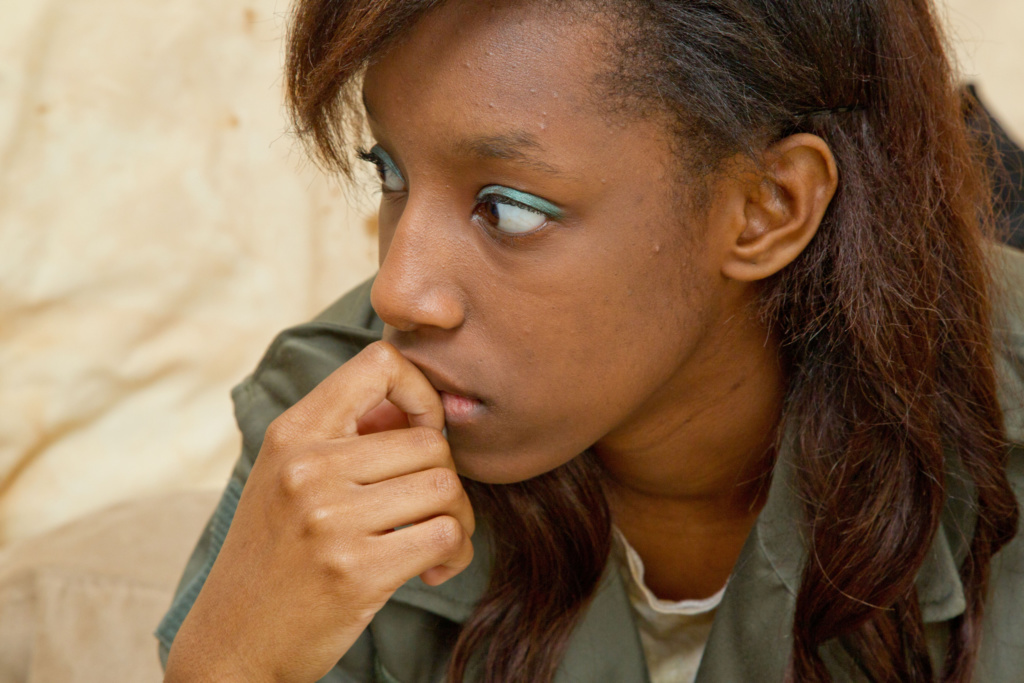
I have heard the following narrative so many times. It goes like this. There is a really good student, good attainment and good behaviour. The student then experiences a traumatic loss, for example parents separating, a loved relative dying. The child’s behaviour and attainment rapidly declines. Too many times, they end up in the isolation room or detention. Many are permanently excluded.
Some then end up in prison, particularly if they come from zero-tolerance schools (see The School to Prison Pipeline )1 Tragic! If we ensure that all schools are neuroscientifically informed, this is entirely preventable suffering. The trajectory from traumatic loss to challenging behaviour should form part of the vital knowledge base for psychological health and safety in schools and communities.
Jessica’s story
When Jessica was in year 7, she was an A grade student. She never had any detentions. She was told off from time to time for forgetting things and chatting in class but that was about it. When she went into year 8 (age 12) she seemed like a different young person. She was angry, got into fights with everyone - both peer and staff. She had warning after warning. Nothing helped. It was a zero tolerance school so eventually Jessica was permanently excluded and joined a PRU. So what had happened to bring about such a dramatic shift in Jessica?
The vast majority of challenging behaviour in schools is trauma driven. In fact research shows that 97 percent of children and young people with no adverse childhood experiences (known as ACES) have no behaviour problems 2, 3 .
So had Jessica experienced a trauma? Yes. In year 7 her beloved stepbrother, Jonny, died. She used to idolise him. He was kind to her and often shared his favourite music. Sometimes he would even drive her to the beach to have an ice-cream together watching the waves. One day Jonny drove his car into a tree and was killed instantly. It was after that that Jessica’s behaviour changed and she stopped engaging in learning. A teacher at school made the connection that her behaviour had changed after the tragedy but nobody did anything. They continued with the sanctions until she was finally excluded.
So what is going on here that so many children and young people are excluded after they experience a traumatic loss.